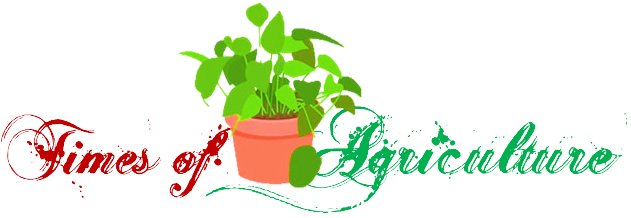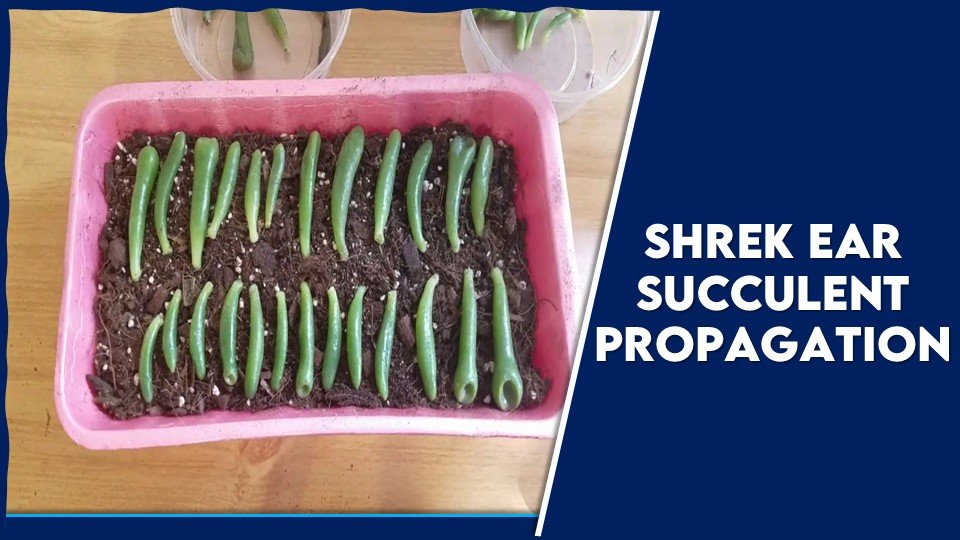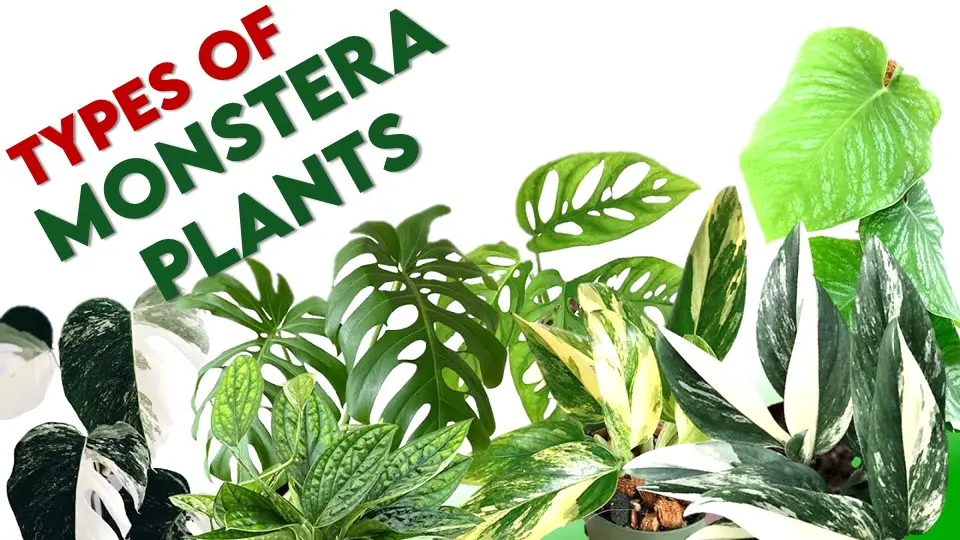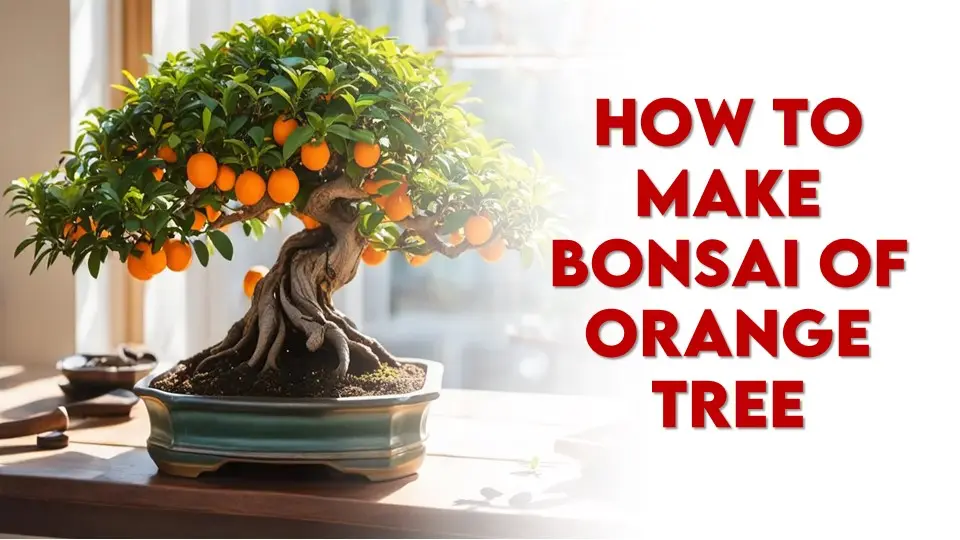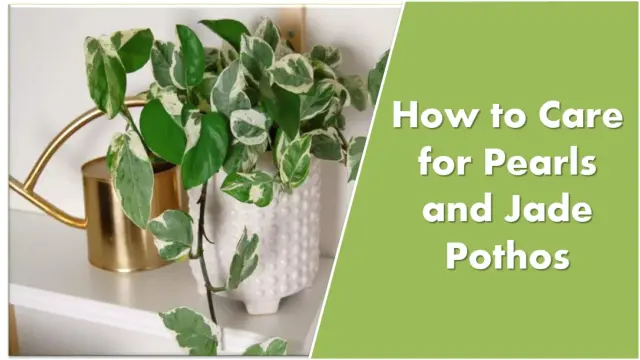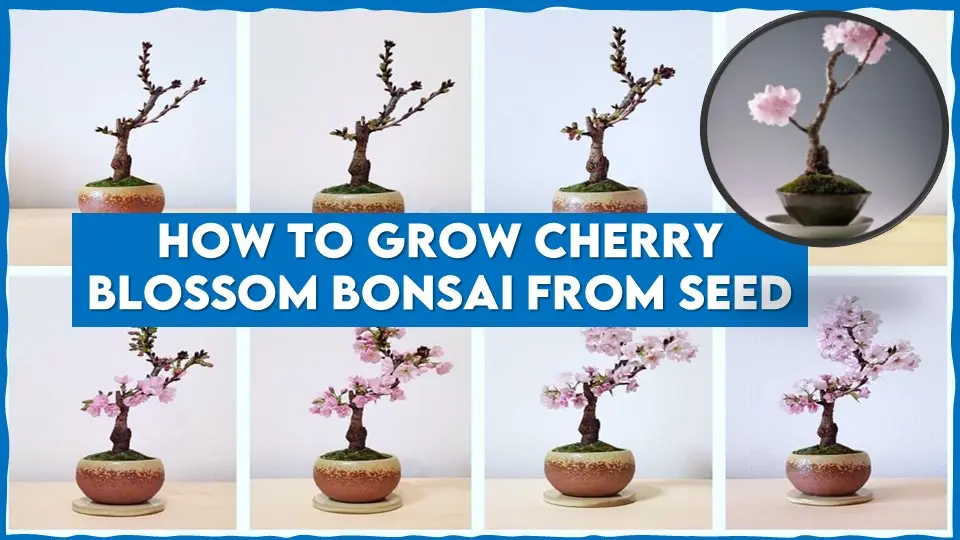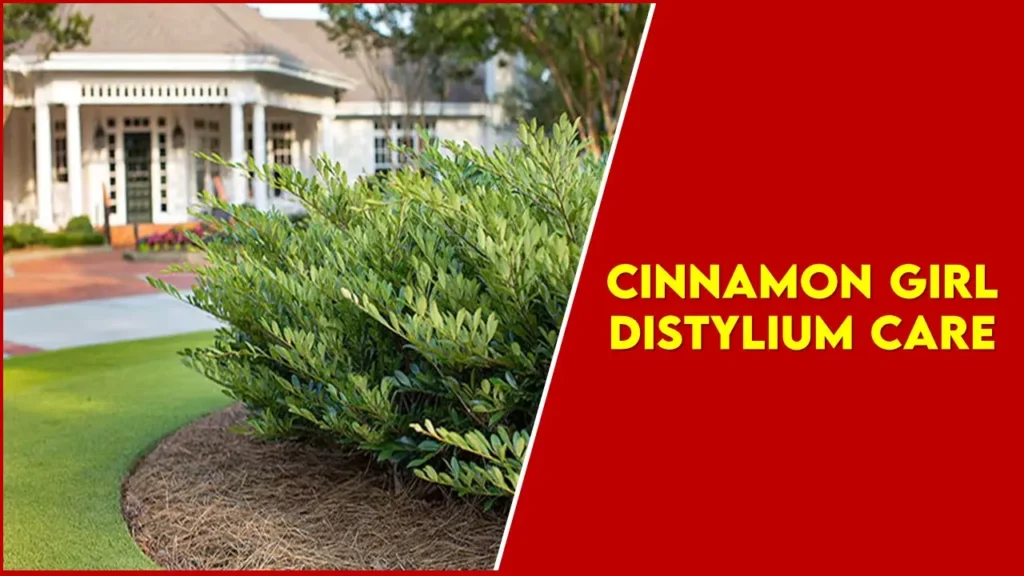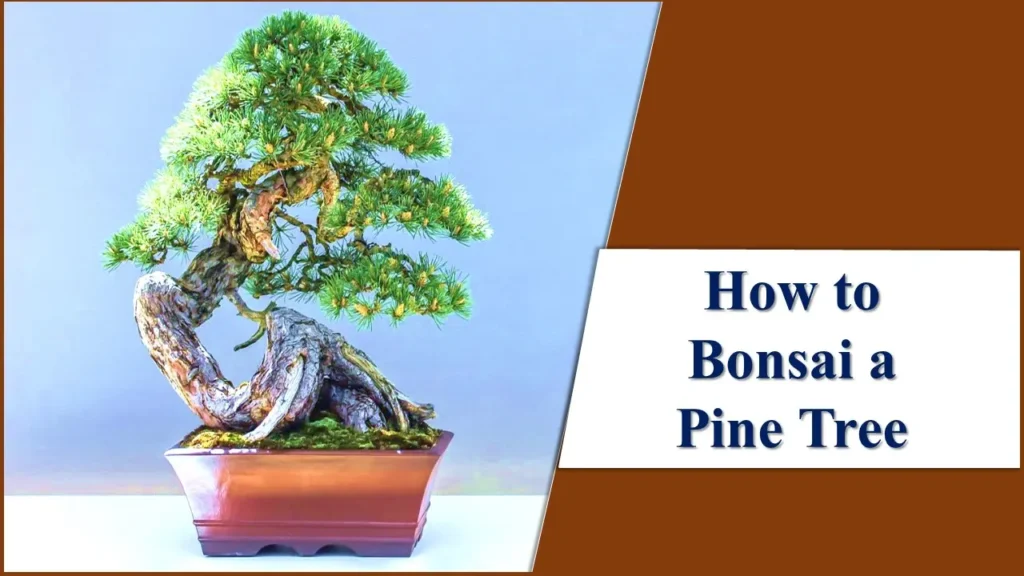2 Best Methods of Shrek Ear Succulent Propagation and its Care.
The Jade Plants are one of the most domesticated succulents around the world. One such popular plant is the Shrek Ear Succulent or Gollum Jade. The spoon-shaped leaves of this plant are fleshy and look like the ears of the famous fictional ogre character ‘Shrek’. For its unusual finger-like structure, it is also known as ‘ET Finger Succulent’, where ET stands for ‘Extra-Terrestrial’.
Like many other succulents, Shrek Ear succulent propagation is very easy and needs less input than other plants with fascinating results. Let’s learn about the needs and propagation methods one by one.
Crassula ovata ‘Shrek Ear’ succulent is often confused with Crassula ovata ‘Hobbit Jade’, due to their similar appearance. In addition to that, both of these succulents are named after the famous characters from JRR Tolkien’s stories. These are considered to be a good luck charm in China, where it is also known as ‘ Money Plant’ or ‘The Plant of Luck’. Some important cultivars of Shrek Ear include Tricolor(Crassula Ovata ‘Lemon & Lime’), Crosby’s Compact, Monstruosa and Undulata with curly leaves.
These are Evergreen- flowering plants that can grow up to three feet tall and two feet wide. When exposed to bright sunlight, its leaves turn lush green with red tips. It bears flowers during late spring to early winter, these are small, star-shaped, pink flowers, which adds to the aesthetic value of the plant. The Shrek Ear Succulent can be used for potting and making small table decoratives, but one must keep these plants away from children and pets, as it is proven that Shrek Ear is mildly toxic when it comes in contact with bare skin.
ALSO READ: 15 Types of succulent that can survive winter.
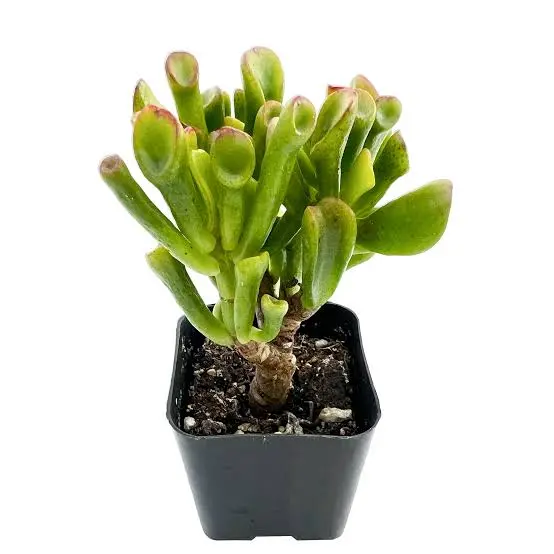
| Common Name | Shrek Ear, Gollum Jade, ET Finger Succulent |
| Scientific Name | Crassula ovata ‘Shrek Ear’ |
| Family | Crassulaceae |
| Origin | South Africa |
| Hardiness Zone | 9-13 |
| Size | 8 feet in the wild and up to 3 feet in pots with 2 feet width. |
Factors Affecting the Growth of Shrek Ear Succulent
Light
Shrek Ear needs long hours(4-6 hours) of direct sunlight for healthy growth. Keep your plant in a south-facing or a west-facing window if it is planned to grow indoors. It thrives well in outdoor conditions, its leaves turn red to bronze in colour in daylight, this phenomenon protects it from sun damage. But if the same leaves start turning yellow, then it means the plant is receiving excessive sunlight and it’s time to put them in some shade. On the other hand, leggy pale green and yellow stems indicate that the succulent is not getting enough sunlight. Though Shrek Ear lives longer even in the presence of indirect sunlight.
Temperature
Temperature above 70° F is preferred but it can also survive extremely hot summers. Shrek Ear succulents are extremely sensitive to frost and cold. A temperature below 45°F will end up killing the plant. So, in winter and temperature regions plant it indoors where it could receive ample sunlight, free of frost and the air is not too dry, as it prefers mild humid conditions.
Soil
The soil should be well drained and neutral to slightly acidic. One can add sand and gravel to make soil porous. If the soil is too acidic, lime can be added to maintain its pH. To avoid compactness in pots a well-made mixture of perlite, coco peat and topsoil should be preferred. In the case of succulents, avoid the use of chemical fertilisers. Add FYM, or Organic Fertilisers that have NPK in 5:10:5. One can also add mycorrhizae in soil for healthy root growth and better nutrient fixation.
The compost used shall have Two parts of coarse sand, one part of leaf mould, and one-third part of each, well-rotted cow dung, garden lawn soil, and crushed bricks or charcoal.
Well-made potting mixtures and fertilisers are also available in the market. In any case, avoid prevailing waterlogged conditions, otherwise the whole plant will end up rotting.
Water
Like other succulents, underwatering is better than overwatering in the Shrek Ear plant. For mature or old succulents, follow the thumb rule of watering them only when the few upper inches of soil become completely dry. Overwatering always invites unwanted fungal growth in the root zone of the plant which leads to rotting. Shrek Ear is a drought-tolerant plant, so in any case it can survive for a long period without watering. So, water the plant only when it needs it.
Pest and Disease
Although Shrek Ear is hardy and chances of pests and diseases are low, there are a few pests that need attention when swarming around the plant.
Mealybugs
Mealy bugs are small, white creeping insects. It sticks to leaves and plants, sucks the plant sap and ends up killing it. It can be controlled by using an alcohol-dipped cotton or hand removal.
Spider Mites
These are also one of the plant sap-sucking pests. These are red, brown and tiny. Their presence can be checked by webbed structures all over the plants. In homes, a soap-water solution can be used to control the pest. Neem oil, Azadirachtin, or insecticides like Malathion can also be used if the whole place is infested with sucking pests, but make sure not to overuse these chemicals.
Root rot
Root Rot might be the only severe problem in these plants, it is caused by overwatering and fungi living in soil. The best indicator is its stem, if the stem appears yellow and droopy or wilted, immediately stop watering, allow the mixture to dry and keep in partial shade for some time. To avoid fungal growth the soil could be checked and changed for better drainage and the mixture could be treated with Mancozeb.
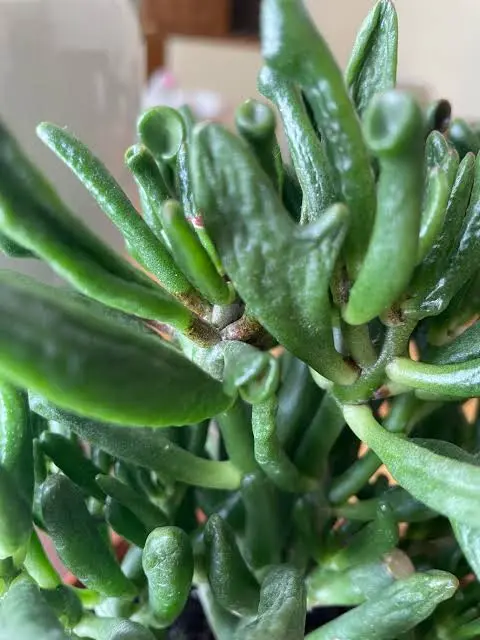
Shrek Ear Succulent Propagation Method
Shrek Ear Succulent is mainly propagated through leaf or stem cuttings. But there are several factors like season, plant part used, soil nutrients and mixture, sunlight, etc, that affect the successful propagation and growth period of the succulent. Shrek Ear Succulent actively grows in the winter season and becomes dormant during summer. So it is best to propagate the plant during winter.
Leaf or Stem Cuttings
Cuttings are the best plant materials to be used for propagation, as it can multiply the plant easily and in high numbers at the same time. Hence, it is the commercial method of propagation.
- Gently twist or use a fine disinfected knife to detach the leaves or stem(3-4 inches with several leaves)from the main woody stem of the plant. Make sure that any part of the leaf is not left in the stem. Before putting the detached leaves or stems in the soil.
- Allow the cuttings to dry for a few days until new callus starts emerging. Put the cuttings over the bed of the potting mixture and put them in partial shady conditions. Water them with the help of a bottle sprayer or mist until the roots start emerging from it or use a ‘soak and dry’ method of watering. This slight watering shall be done daily.
- After the roots are fully emerged, it’s time for potting. Use a clay pot for better soil aeration with proper drainage holes and add crocks at the bottom. The soil mixture shall contain sand, soil and perlite in 2:2:1. Incorporation of the soil mixture with compost can also be done.
- Then move them to a place where they can receive bright, indirect sunlight until it adapts and stabilises.
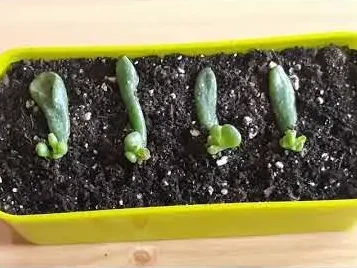
NOTE: The leaf cuttings take two to four weeks for rooting and shoot emergence may take several months. While the stem cutting takes one to two weeks for root emergence, new stems and leaves will start emerging within a month. Hence, Propagation through leaves is slow and chances of failure are high.
Offsets or Pups
Shrek Ear succulent may produce offsets. Just separate these offsets and plant them in their pots with proper succulent mix. After that water accordingly. It is the fastest and easiest method of propagation but the formation of offset is low and in comparison with cuttings, the number of plants propagated from the mother plant will be lesser.
Watering in newly propagated pots should be higher than mature plants but it shall be reduced as the plant matures. After planting, there would be robust growth of roots in the pot. In such a case, the plant requires transplanting, the cutting requires transplanting in six months, whereas offsets require transplanting within a month or two.
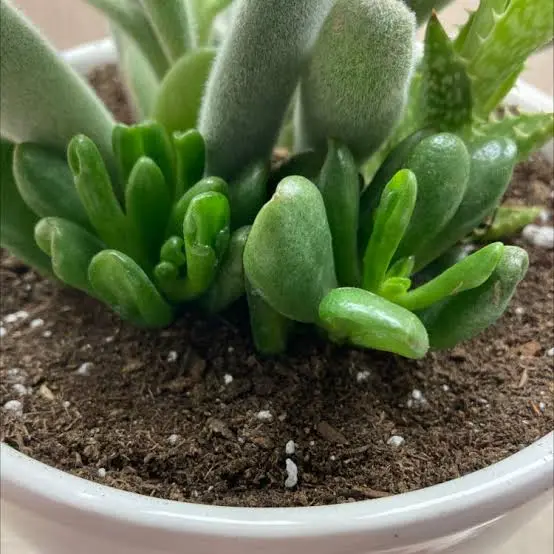
Conclusion
In this article, we discussed the problems that one can face during the whole process of propagating Shrek Ear Succulent and how we can overcome them. This plant of luck has an interesting history of names, ethics and survival among landscape designers and interior decorators.
Propagating a succulent is easy and satisfying. But it is also a good choice of learning for beginners and children. Shrek Ear Succulent Propagation is budget-friendly and easy. Propagation can help you share your favourite plants with the people you care about. A self-propagated plant can be shared as a lovely gift. You can also share the feelings you experienced during the growth of the plant, regarding the appearance of the plant and what soil mixture helped you the best.
Also Read:
- Top 15 Types of Monstera Plants You Should Know About.
- How to Make a Bonsai Orange Tree and its Care
- How to Care for Pearls and Jade Pothos
- How to Grow Cherry Blossom Bonsai From Seed: Improved Methods and Care.
- 2 Best Methods of Shrek Ear Succulent Propagation and its Care.
- Cinnamon Girl Distylium Care: Best Shrub for Your Garden
- How to Grow Dragon Fruit from Seed Effectively : Best Method
- 15 Different Types of Holly Bushes to Enhance the Beauty of Your Garden
- How to Bonsai a Pine Tree: 2 Best Methods and Care
